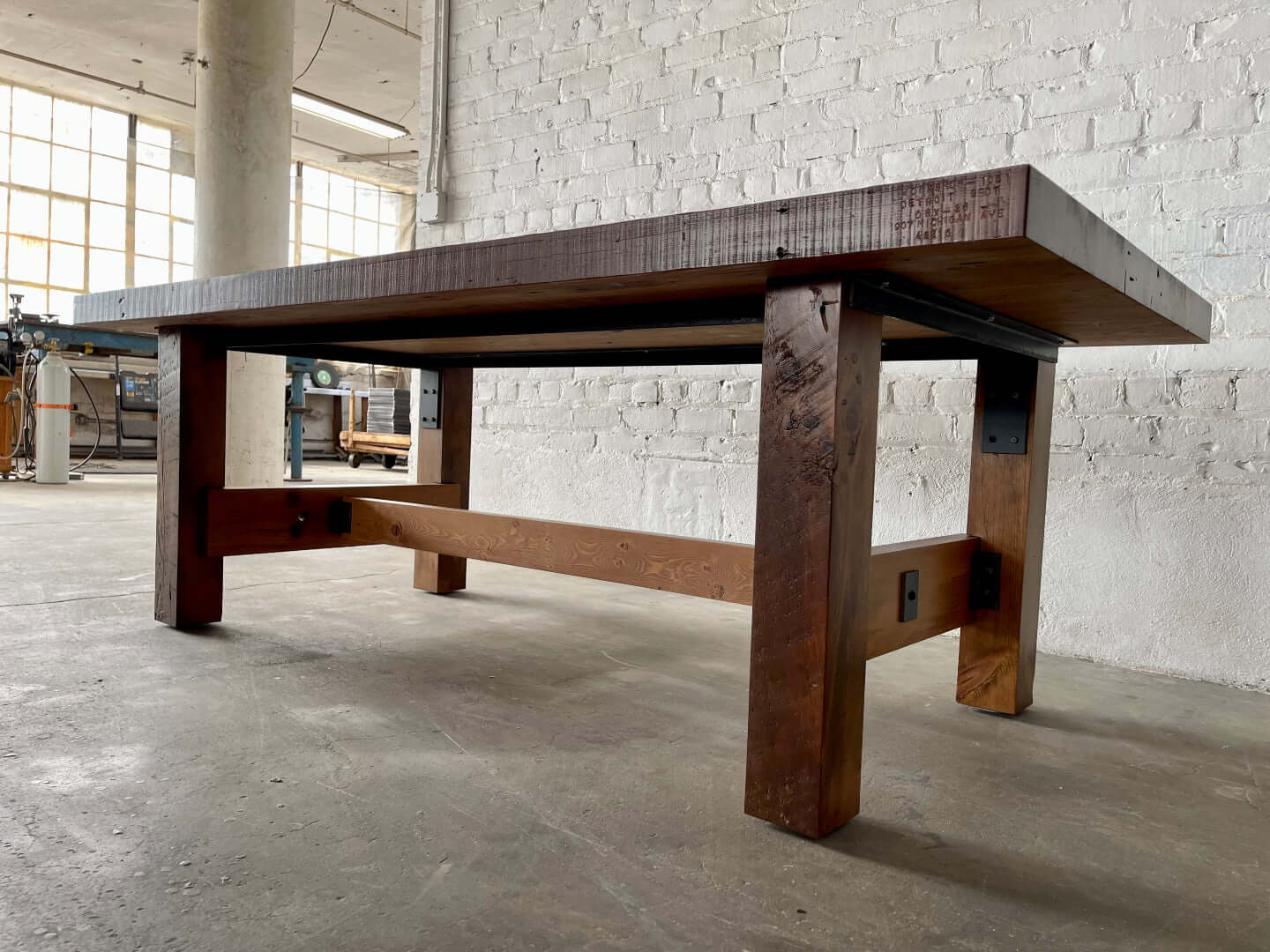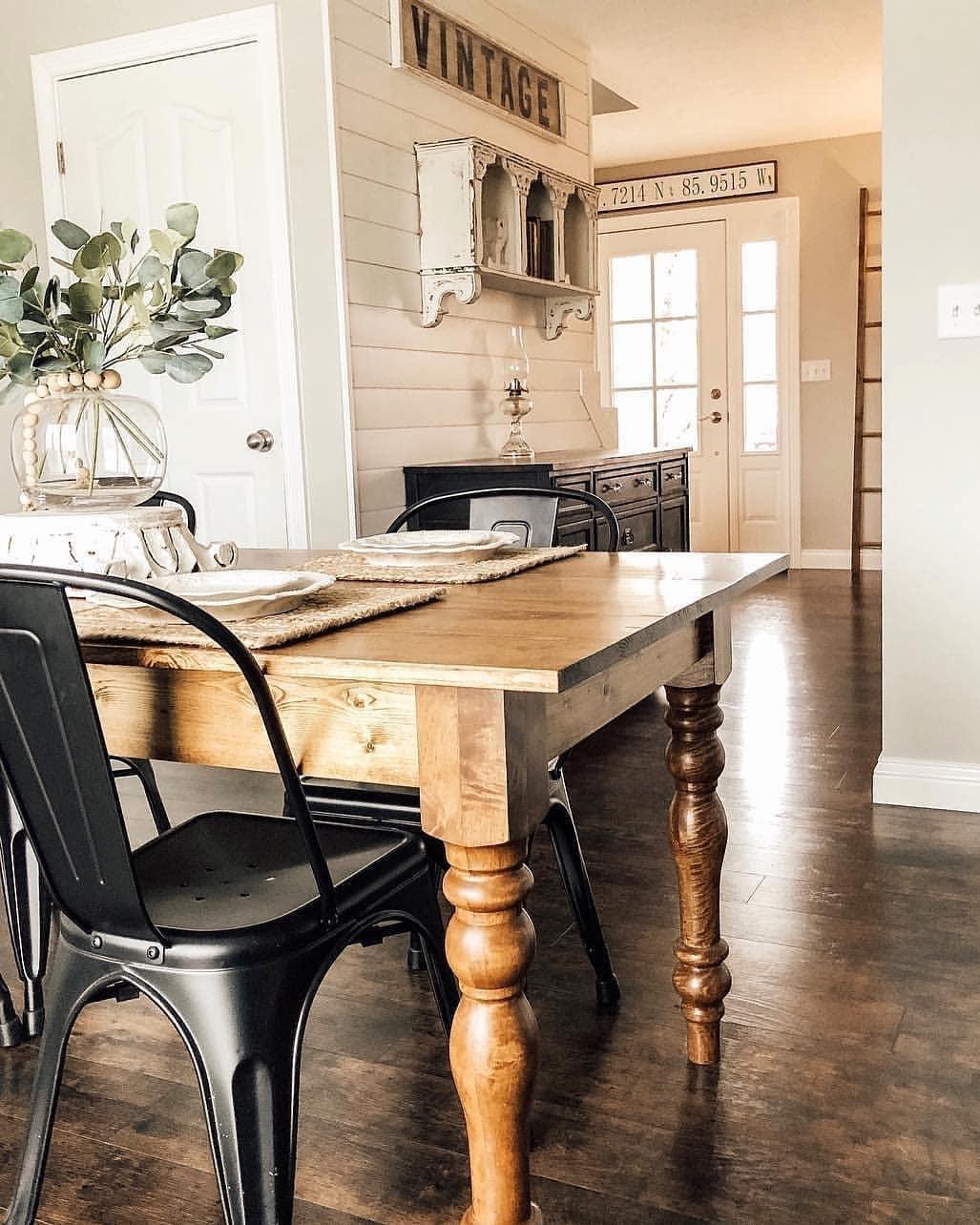Add Stamina and Appeal Making Use Of Strong Dining Table Legs Wood Parts
Add Stamina and Appeal Making Use Of Strong Dining Table Legs Wood Parts
Blog Article
Key Factors to Remember for Dining Table Legs Timber Choices
When picking wood for dining table legs, several important factors warrant cautious consideration to make certain both performance and visual allure. The option of timber kind, characterized by its toughness and unique grain patterns, plays an essential function in the general layout and durability of the item.
Timber Types and Features
When picking wood for dining table legs, it is essential to recognize the one-of-a-kind characteristics of various wood kinds. Various woods supply distinctive advantages and negative aspects, affecting both the durability and aesthetic appeal of the finished product.
Oak, known for its impressive sturdiness, likewise includes a prominent grain that can include character to the table. Cherry timber, with its abundant color that deepens over time, provides a glamorous appearance however might call for even more maintenance to protect against scrapes.
On the various other hand, softwoods like want and fir are more affordable and much easier to work with, yet they are much less sturdy than hardwoods. Pine is light-weight and features a cozy, rustic appearance, making it a preferred option for casual dining setups. Nonetheless, it is a lot more susceptible to scrapes and damages.
Recognizing these features will assist in making an educated choice to make certain the legs of the dining table meet both useful and visual needs.
Grain Patterns and Looks
The timber's grain is not simply an aesthetic attribute; it conveys a distinct individuality and appeal to each piece. Various timber varieties display distinctive grain patterns, varying from the straight lines of maple to the detailed swirls of oak and the striking figure of walnut.
In addition, the alignment and range of the grain can influence the perceived dimension and beauty of the table. For example, larger, extra obvious grains might lend a vibrant, remarkable impact, while finer, subtler grains can create a refined, downplayed look. In addition, the ending up procedure can further enhance these patterns, highlighting the all-natural appeal of the timber and highlighting abundant colors.
Ultimately, the choice of grain pattern should integrate with other layout components, such as the tabletop and bordering furniture, guaranteeing a cohesive aesthetic that raises the eating experience. Thoughtful choice of timber grain not only adds to the table's beauty however also reflects the owner's taste and design.
Resilience and Stamina
The longevity and toughness of table legs are extremely important considerations for guaranteeing long life and stability in any dining room. Picking the right timber is crucial, as various species show differing degrees of strength. Hardwoods such as oak, cherry, and maple are frequently preferred for their integral strength and resistance to wear. These products not only endure day-to-day usage however additionally support heavy lots, making them excellent for dining tables that frequently suit multiple diners. Dining Table Legs Wood.

Ultimately, buying top quality wood and durable construction approaches will yield an eating table that stands the test of time, while supplying a dependable foundation for countless meals shared amongst friends and family. Focusing on durability and stamina ensures that your dining table continues to be practical and cosmetically pleasing for years ahead.
Upkeep and Treatment
Proper upkeep and treatment are crucial for maintaining the longevity and toughness of eating table legs made from timber. Normal cleaning is crucial; utilizing a soft, moist towel check that ensures that dirt and debris do not collect, which can bring about scrapes and monotony. It is recommended to avoid extreme chemicals or abrasive materials that could harm the coating.
In addition, using an appropriate wood polish or wax occasionally can help preserve the shine and protect the wood from wetness and spills. Nonetheless, it is important to comply with the manufacturer's recommendations pertaining to the kind of item to utilize, as certain finishes may respond adversely to particular chemicals.
Humidity and temperature fluctuations can additionally affect wooden table legs, causing them to warp or fracture. It's ideal to position the table far from straight sunshine and warm resources. Attending to these quickly can avoid further damage. if the table legs have any dents or scratches.
Last but not least, periodically evaluating the joints and screws for tightness is essential to preserve structural stability (Dining Table Legs Wood). By sticking to these maintenance practices, home owners can ensure their wood dining table legs stay practical and enticing for years ahead
Ecological Factors To Consider
When choosing timber for eating table legs, it's necessary to take ecological considerations right into account. The sourcing and sustainability of timber are extremely important in minimizing ecological influence. Deciding for wood from licensed sources, such as those recommended by the Forest Stewardship Council (FSC), makes sure that the hardwood is gathered sensibly, promoting forest conservation and biodiversity.

Furthermore, regional sourcing of wood lowers transportation exhausts, sustaining neighborhood economies while lessening environmental influence. It is likewise a good idea to be knowledgeable about the timber's treatment and ending up processes, as specific chemicals can be unsafe to both human wellness and the setting. By focusing on sustainable wood selections, consumers can contribute to ecological conservation while delighting in the toughness and beauty of their table legs.
Final Thought
To conclude, picking timber for dining table legs necessitates careful consideration of numerous factors, including wood types, grain patterns, and toughness. The visual charm of unique grain patterns can improve the general layout, while the toughness of woods guarantees longevity. Maintenance requirements and environmental sustainability more impact wood options, emphasizing the importance of sourcing from accredited or recovered products. A notified choice process ultimately adds to a aesthetically appealing and practical dining room that aligns with lasting practices.
When picking timber for dining table legs, several important factors necessitate cautious factor to consider to make sure both capability and visual charm.Correct upkeep and care are important for protecting the toughness and strength of dining table legs made from timber.When selecting wood for eating table legs, it's vital to take environmental considerations right into account. By focusing on lasting timber selections, consumers can add to ecological preservation while delighting in the resilience and appeal of their eating table legs.
In conclusion, picking timber for dining table legs demands careful factor to consider of numerous aspects, consisting of wood types, grain patterns, and longevity. Dining Table Legs Wood.
Report this page